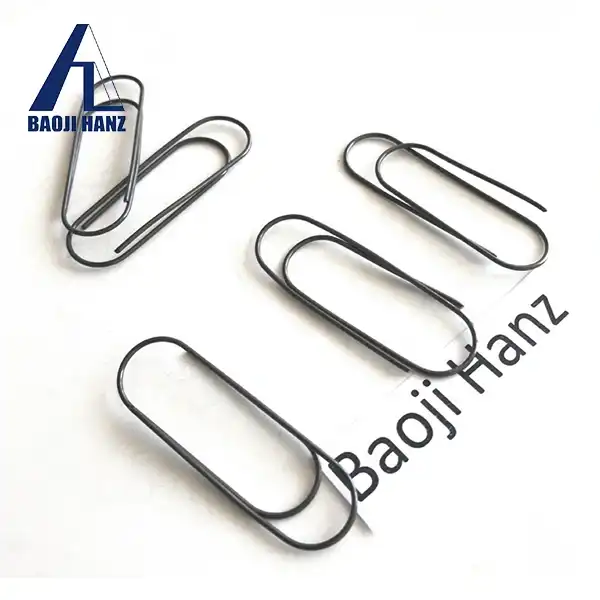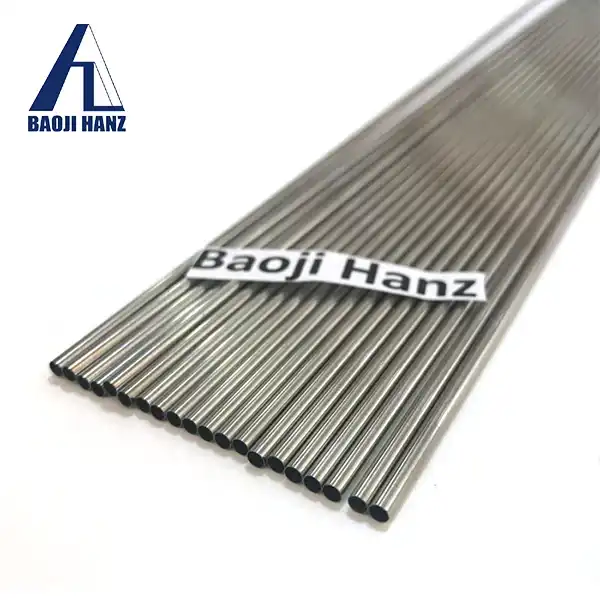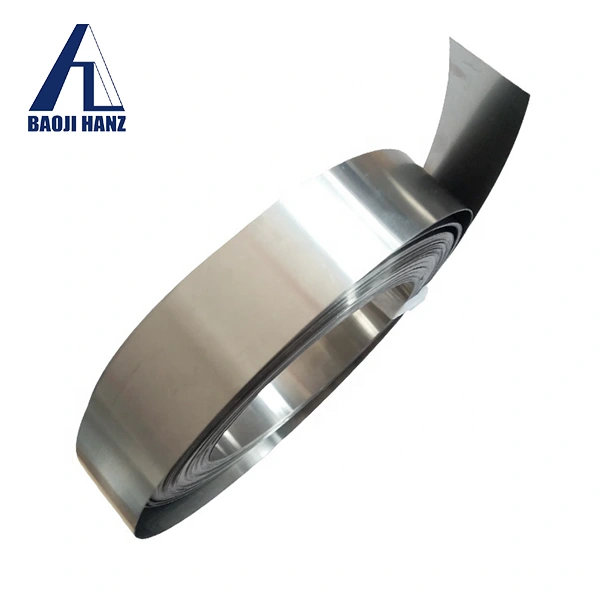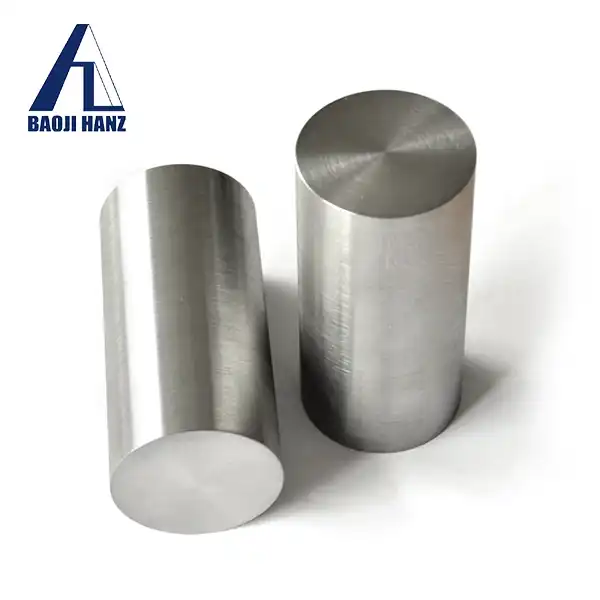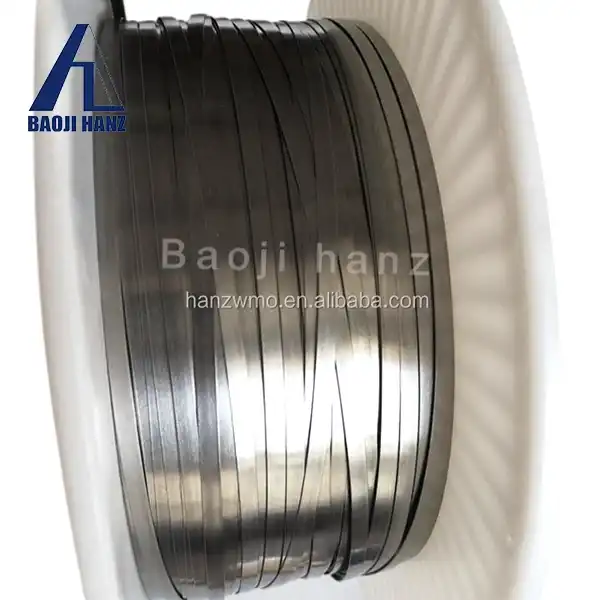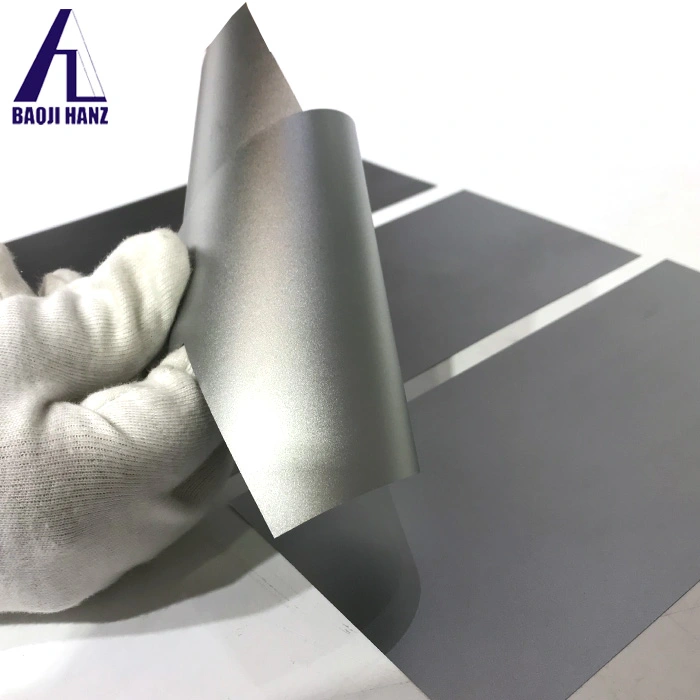How to set the shape of nitinol wire?
2024-07-09 13:27:40
How to Set the Shape of Nitinol Wire
Nitinol, a unique alloy of nickel and titanium, is renowned for its shape memory and superelastic properties. These characteristics make it a preferred material in various industries, particularly in medical devices and robotics. Understanding how to set the shape of Nitinol wire is crucial for harnessing its full potential. This blog will delve into the shape-setting process and address some frequently asked questions about Nitinol wire.
How is Nitinol Wire Shape Set?
The shape-setting process for Nitinol wire involves several steps that ensure the wire retains a desired shape even after deformation. Here is a detailed look at the process:
-
Design and Mandrel Preparation: The first step involves designing the desired shape and preparing a mandrel or fixture that matches this shape. The Nitinol wire is then wrapped around this mandrel. The mandrel must be able to withstand high temperatures without deforming.
-
Heat Treatment: The wrapped wire is subjected to heat treatment at controlled temperatures. This process typically involves heating the wire to temperatures between 450°C and 550°C. The duration of this heat treatment can vary based on the wire's thickness and the complexity of the shape. For instance, smaller components may require only a few minutes, whereas larger objects might need up to 20 minutes to reach the proper heat level.
-
Quenching: After heating, the wire is rapidly cooled or quenched in water. This quick cooling helps the wire retain the shape it was set in during the heat treatment. Quenching also aids in stabilizing the wire's microstructure.
-
Final Adjustments and Inspection: The wire is removed from the mandrel, and any final adjustments are made. The wire is then inspected to ensure it meets the desired specifications and performance criteria. Various inspection methods, such as DSC testing and tensile testing, are used to verify the wire's properties.
What are the Applications of Shape-Set Nitinol Wire?
Medical Devices
Nitinol's biocompatibility makes it ideal for medical applications. It is commonly used in stents, which expand within blood vessels to maintain blood flow. The shape memory property ensures that stents can be inserted in a compact form and then expand to their intended shape at body temperature.
Robotics and Actuators
In robotics, Nitinol actuators leverage the shape memory effect to perform movements or exert force. These actuators can be designed to change shape at specific temperatures, allowing for precise control in various robotic applications.
Eyewear and Orthodontics
The superelasticity of Nitinol is advantageous in products like eyeglass frames and orthodontic wires. Eyeglass frames made from Nitinol can bend significantly without breaking, and orthodontic wires provide consistent pressure for teeth alignment due to their shape memory properties.
How Does Temperature Affect Nitinol Wire?
The performance of Nitinol wire is highly dependent on temperature. The alloy undergoes a phase transformation between its martensite and austenite states, which is central to its shape memory and superelastic properties.
Transformation Temperatures
The transformation temperatures can be precisely controlled by adjusting the composition of the alloy. For example, adding more nickel increases the transformation temperature. These temperatures are crucial for applications where the wire needs to change shape or exert force at specific temperatures, such as in medical devices that operate at body temperature (approximately 37°C or 98.6°F).
Heat Setting Methods
Different heat setting methods can be used depending on the application's requirements:
- Molten Salt Bath: Offers excellent thermal conductivity and is ideal for consistent heat absorption and fast processing times.
- Fluidized Bed: Suitable for both large and small geometries, this method uses fluidized sand to provide uniform heat treatment.
- Air Furnace: Used for intricate geometries where media intrusion is a concern.
- Heated Die: Allows for local shape setting without affecting adjacent areas, useful for high-strain geometries.
- Air Convection Furnace: Provides uniform and stable temperature control through forced air circulation.
How Does Nitinol Compare to Other Materials?
Cost Considerations
Nitinol is generally more expensive than materials like stainless steel or aluminum due to its complex manufacturing process. The price of Nitinol wire can vary based on its composition, dimensions, and the specific requirements of the application. For instance, the nitinol wire price per kg can be significantly higher than more common metals, reflecting its specialized properties and the precision required in its processing.
Performance Advantages
Despite its higher cost, Nitinol offers unique advantages:
- Shape Memory: Nitinol can revert to a pre-set shape when heated, a property not found in most metals.
- Superelasticity: Nitinol can undergo significant deformation and return to its original shape, providing resilience and durability.
- Biocompatibility: Unlike many metals, Nitinol does not induce an immune response, making it suitable for medical implants.
Conclusion
Understanding how to set the shape of Nitinol wire is essential for leveraging its unique properties in various applications. From medical devices to robotics, Nitinol's shape memory and superelasticity offer unparalleled advantages. However, these benefits come with challenges, such as higher costs and the need for precise manufacturing processes.
By carefully controlling the heat treatment process and using appropriate methods for shape setting, manufacturers can produce Nitinol components that meet stringent performance requirements. Whether used in life-saving medical devices or innovative robotic systems, Nitinol continues to be a material of choice for advanced engineering applications.
References
- Ajax Electric
- Fort Wayne Metals

